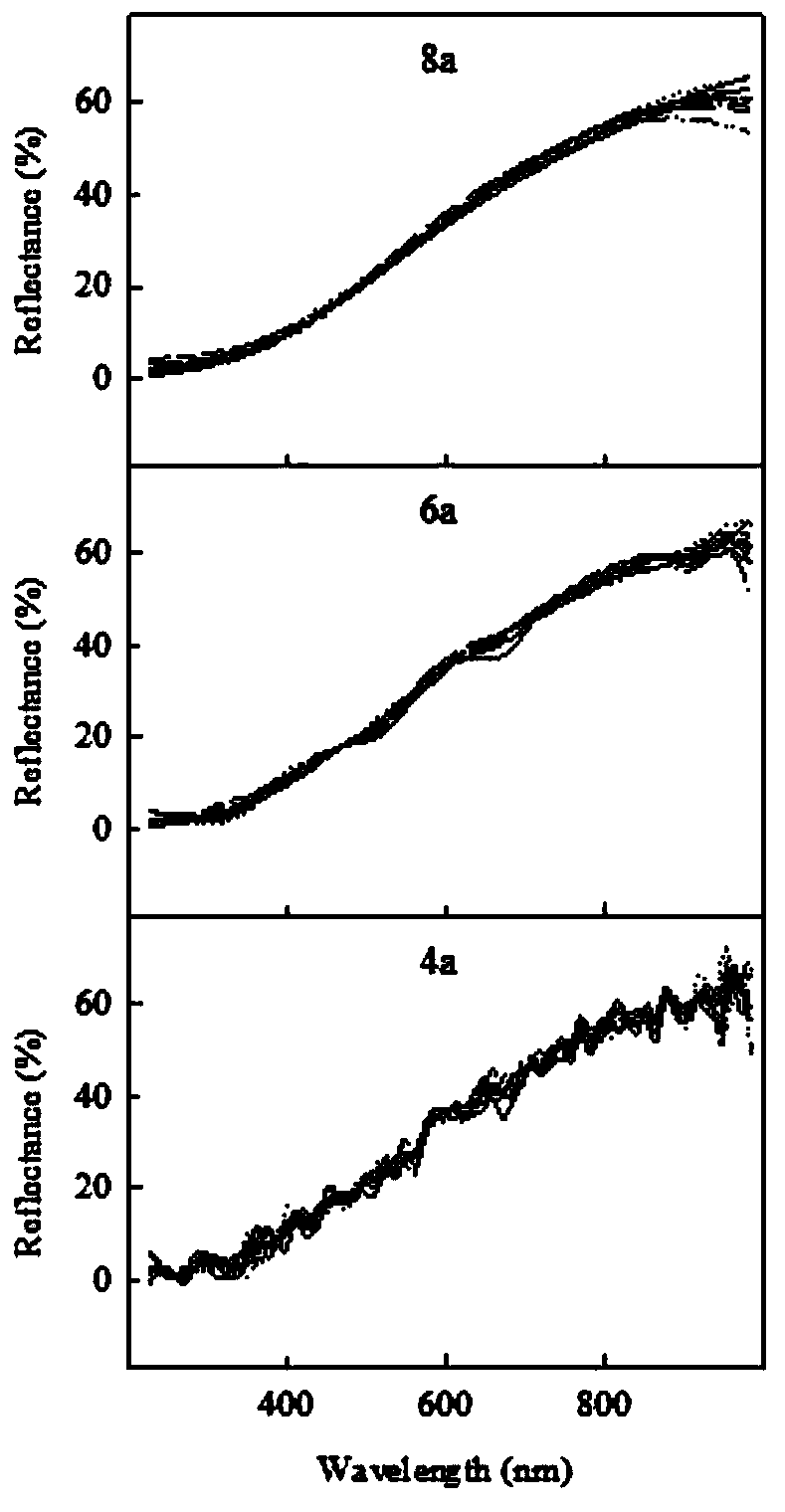Method for determining accumulation rate of shellfish cultured blue carbon in sediment
A technology for shellfish breeding and sedimentation, applied in the direction of color/spectral characteristic measurement, etc., can solve problems such as unquantification, achieve the effect of improving test efficiency and facilitating scientific and rapid evaluation
- Summary
- Abstract
- Description
- Claims
- Application Information
AI Technical Summary
Problems solved by technology
Method used
Image
Examples
Embodiment 1
[0027] Example 1 The method of the present invention is used to detect the accumulation rate of sediment carbon sink formed by clam culture in Jiaozhou Bay, and the specific steps are as follows:
[0028] 1. Selection of observation points: one for each clam breeding area (36°08′-36°24′N, 120°07′-120°20′E) and adjacent non-shellfish breeding areas in Jiaozhou Bay. Select observation points and calculate by measuring the pH, salinity, dissolved oxygen, nutrients, total organic carbon, biological oxygen demand of seawater, as well as the depth, particle size, salinity, organic carbon, nitrogen, and phosphorus content of sediments and other parameters The above parameters are statistically different between the breeding area and the non-breeding area. If there is no significant difference, the observation points of the breeding area and the non-breeding area are finally determined as Y1(36°12′21″N, 120°16′ 16″E) and N1 (36°12′23″N, 120°16′18″E), the observation points can represent ...
PUM
 Login to View More
Login to View More Abstract
Description
Claims
Application Information
 Login to View More
Login to View More - R&D
- Intellectual Property
- Life Sciences
- Materials
- Tech Scout
- Unparalleled Data Quality
- Higher Quality Content
- 60% Fewer Hallucinations
Browse by: Latest US Patents, China's latest patents, Technical Efficacy Thesaurus, Application Domain, Technology Topic, Popular Technical Reports.
© 2025 PatSnap. All rights reserved.Legal|Privacy policy|Modern Slavery Act Transparency Statement|Sitemap|About US| Contact US: help@patsnap.com



